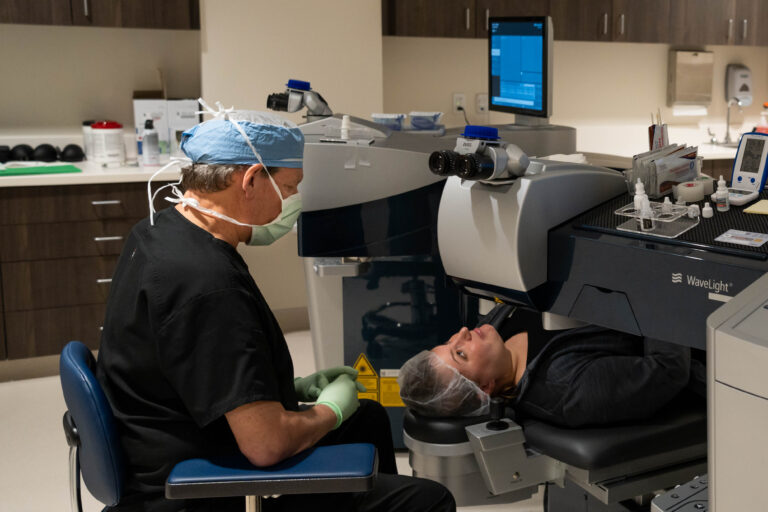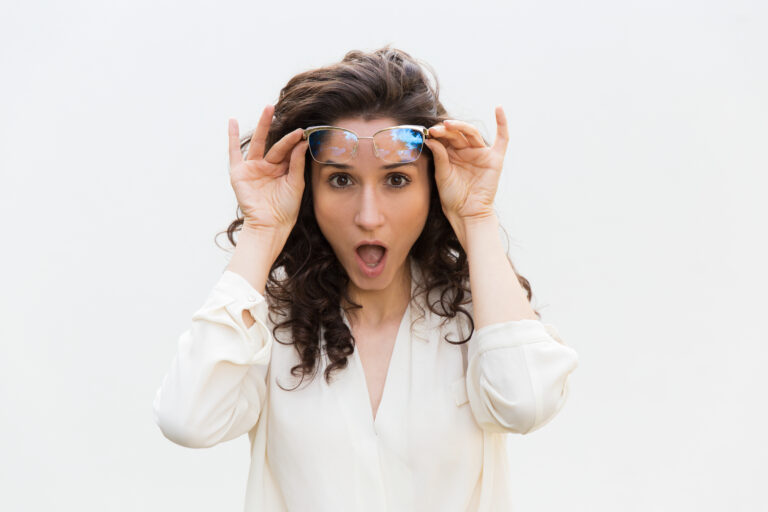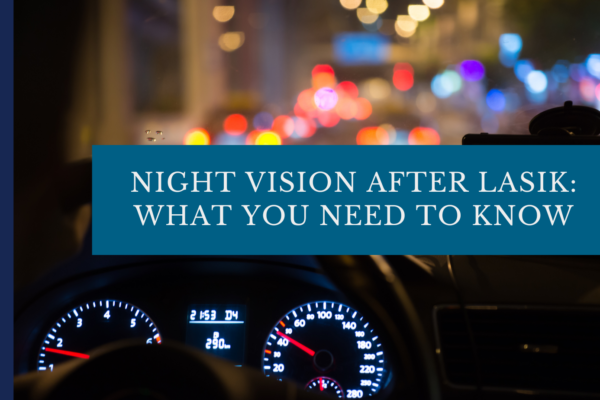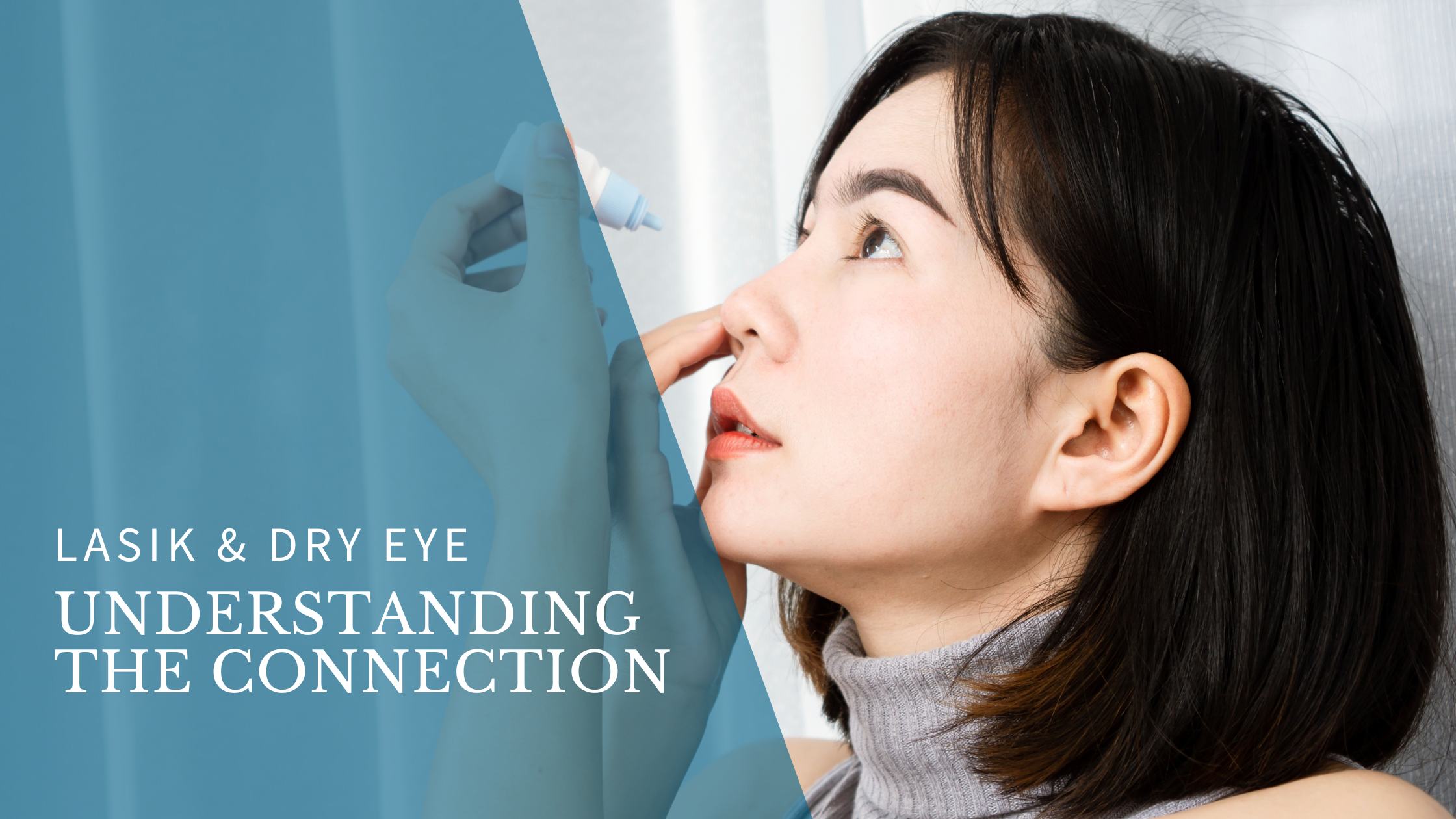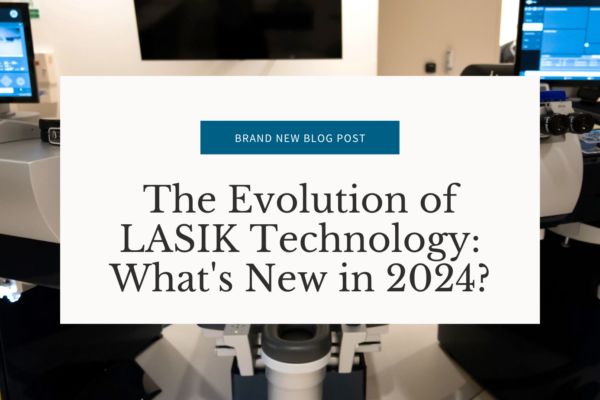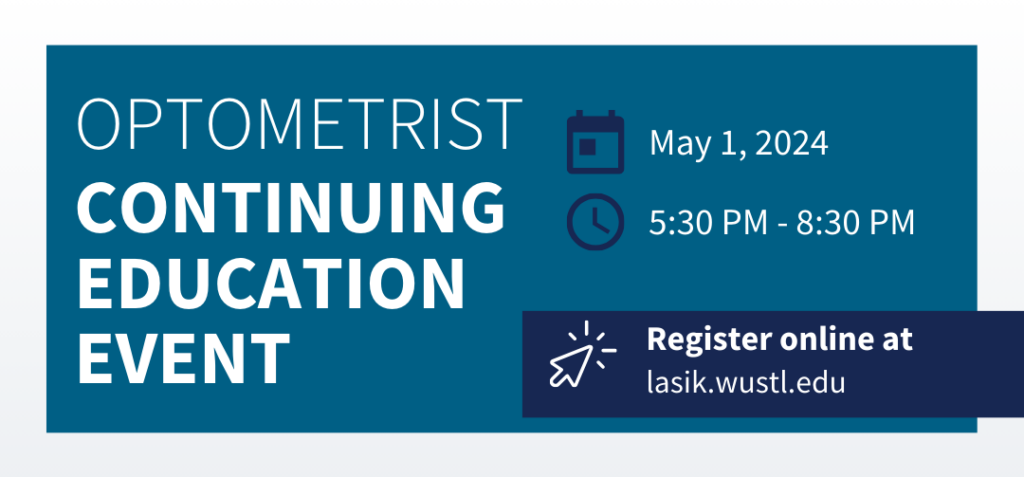
LASIK surgery offers life-changing vision correction, decreasing the need for glasses and contacts. Washington University LASIK Surgery Center in St. Louis is committed to providing top of the line vision correction services. We offer the best patient care and outcomes available using cutting edge laser technology.
Financing Now Available
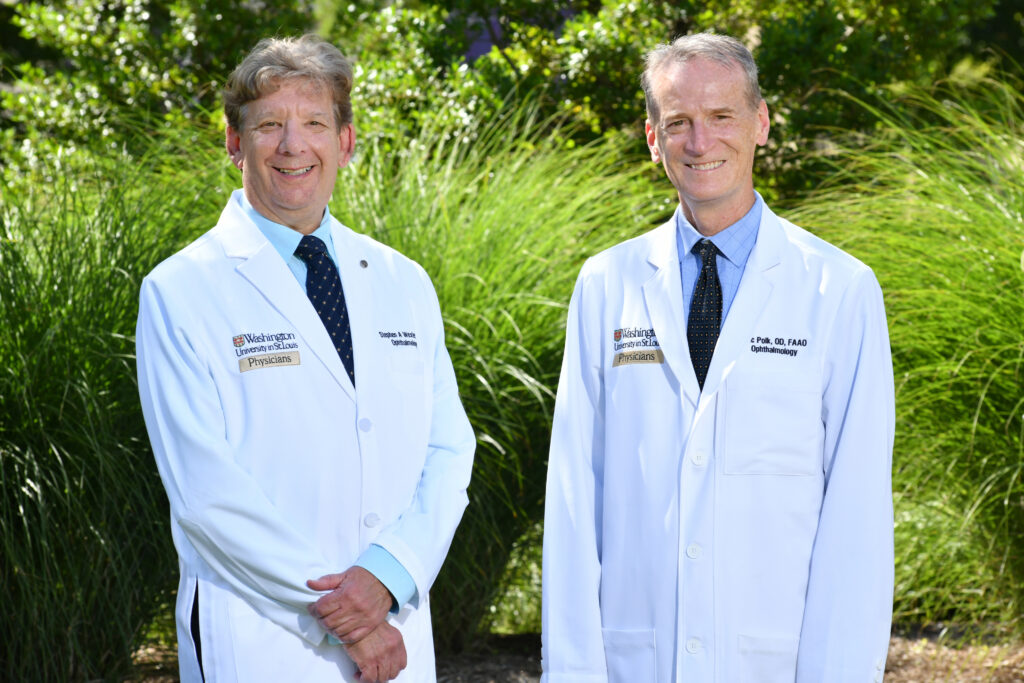
Experience Matters.
Trust your eyes to our expert team.
Washington University LASIK Surgery Center Medical Director Stephen Wexler, MD and Clinical Director Eric Polk, OD, FAAO.
Experience
Dr. Stephen Wexler has committed his career to refractive surgery and has been performing LASIK and PRK surgery for over 24 years. He has performed 70,000+ LASIK surgeries since 1996.
Outcomes
Positive outcomes are our highest priority. That is why we use the latest diagnostic technology, including epithelial mapping. Epithelial mapping is a high-tech tool used to help us decide who are good candidates for LASIK by screening out those that may be at higher risk for problems following the procedure.
Technology
At Washington University we use the latest technology to get the best patient outcomes. We perform each LASIK surgery with blade-less laser technology. We also have the capability of performing topography-guided LASIK that is specific to your visual needs.
Topography-guided LASIK allows us to not only correct your nearsightedness and astigmatism, but also corrects those subtle visual imperfections that can affect night vision and contrast sensitivity. This advanced technology can help improve your odds of achieving 20/20 vision after surgery.
*Not everyone is a candidate for topography-guided LASIK
What our patients say…
Meet Our Physicians
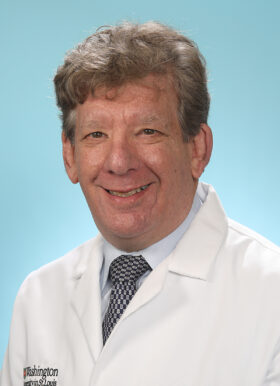
Stephen A. Wexler, MD
Professor of Ophthalmology and Visual Sciences
- Email: swexler@nospam.wustl.edu
Medical Director Washington University LASIK Surgery Center

Eric Polk, OD, FAAO
Staff Optometrist, Ophthalmology and Visual Sciences
- Email: polk@nospam.wustl.edu
Location
Washington University LASIK Surgery Center
LASIK@wustl.edu
- Physical Address: 450 North New Ballas Suite 265 Creve Coeur MO 63141
- Phone: (855)73-LASIK
- Fax: 314-410-1055

Say Goodbye to Glasses
About Our Services
Laser Focus: Insights from our LASIK experts
Follow us on Social Media
If you have any additional questions we would love to hear from you.
Please call our office at (855)73-LASIK or send us an email at LASIK@wustl.edu.







